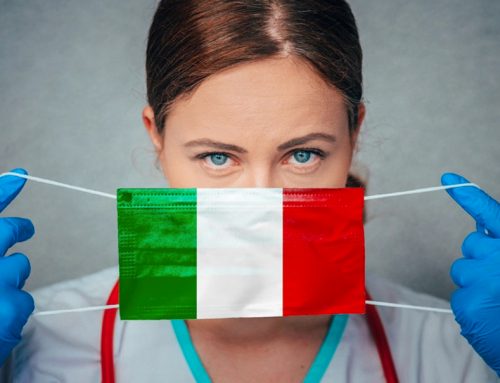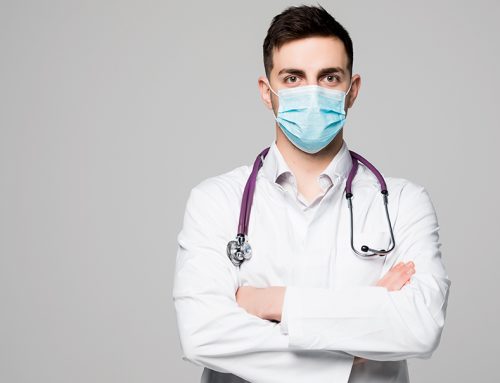
Life-friendly protection tools in time of pandemics
The first uses of masks as personal protective equipment are difficult to identify historically.
Since Hippocrates, the thought has spread that the transmission of diseases also occurs through the air shared with sick people. But the first testimonies of protective masks of the face date back to the epidemics of plague of the late sixteenth century, specifically with the plagues of 1575 in Venice and 1630 in Rome. In those years, in fact, the now famous bird-beak masks were born, with a prominent beak containing straw and various incenses to try to isolate the bearer from the unhealthy effluves of the sick. Unfortunately, they were not very effective, but at least they offered a sense of protection from contagion.
We must wait for the scientific advances in the medical field of the nineteenth century to be able to find traces of the first masks in a modern sense. A few years after Robert Koch (1843-1910) isolated the tuberculosis bacillus, thus giving rise to bacteriology, a German doctor, Carl Flügge (1847-1923), he pointed out that a normal conversation would be enough to spread in the air microparticles of saliva containing germs and bacteria from the mouth and nose. Soon, therefore, it was begun, at least in the surgical field, to use the mask with an intent for the revolutionary era: no longer the personal protection of the wearer but the isolation of the patient from a possible accidental infection.
For the first time, therefore, the mask assumed a preventive, as well as protective, meaning and was designed more for the health of others rather than themselves. At the same time as the introduction of surgical masks, a way was found to filter the air breathed by the wearer, effectively isolating the healthy person from the sick. This invention was made by the Chinese doctor Lien-teh Wu (1879-1970) and this innovation allowed, finally, to assist the most contagious patients.
Wu’s innovation then paved the way for a series of innovations that saw the mask become an indispensable tool in some medical therapies. From anaesthesia to pneumology, various types of medical masks have developed over time, each with a specific therapeutic purpose. Until it became a life-saving device during the recent pandemic: the CPAP (Continuous Positive Airway Pressure) masks, a mask that allows the maintenance of a positive pressure inside the airways and prevents their collapse, in the most acute stages of the pandemic, when the intensive therapies were collapsing, they allowed a semintensivo treatment and avoided in those cases the hospitalization that would have crowded even more a department already collapsed.
We all have in mind the times when the use, typical of Asian countries, of wearing a mask in public places was seen as a quirk, an excess of zeal or a veil of hypochondria. Today, however, if you leave the house without a mask you feel vulnerable, in short, you miss it.
Health masks are not only a fundamental tool in the medical and health field: in every field in which they are used, from the doctor to the sportsman, from the soldier to the cleaner, masks save lives. Consequently, it is important to know not only its history, but also its ethical and social applications in order to give this small tool the importance it deserves.




